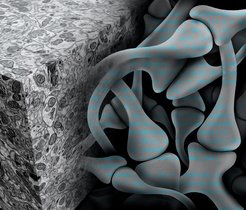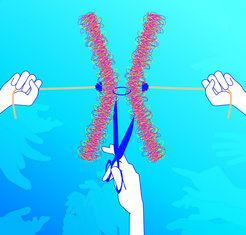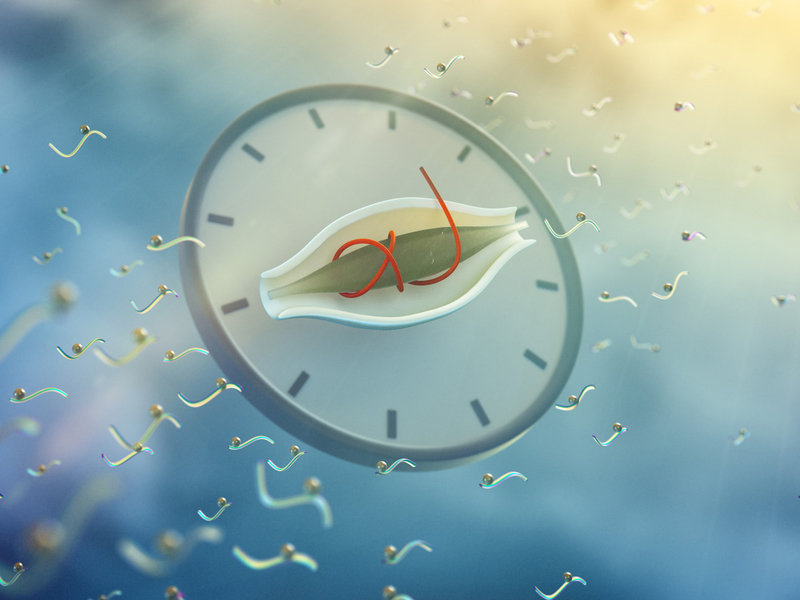
Santarelli, S., Zimmermann, C., Kalideris, G., Lesuis, S.L., Arloth, J., Uribe, A., Dournes, C., Balsevich, G., Hartmann, J., Masana, M., Binder, E.B., Spengler, D., and Schmidt, M.V.
Psychoneuroendocrinology, 2017, 78, 213-221.
An adverse early life environment can enhance stress resilience in adulthood.
Chronic stress is a major risk factor for depression. Interestingly, not all individuals develop psychopathology after chronic stress exposure. In contrast to the prevailing view that stress effects are cumulative and increase stress vulnerability throughout life, the match/mismatch hypothesis of psychiatric disorders. The match/mismatch hypothesis proposes that individuals who experience moderate levels of early life psychosocial stress can acquire resilience to renewed stress exposure later in life. Here, we have tested this hypothesis by comparing the developmental effects of 2 opposite early life conditions, when followed by 2 opposite adult environments. Male Balb/c mice were exposed to either adverse early life conditions (limited nesting and bedding material) or a supportive rearing environment (early handling). At adulthood, the animals of each group were either housed with an ovariectomized female (supportive environment) or underwent chronic social defeat stress (socially adverse environment) for 3 weeks. At the end of the adult manipulations, all of the animals were returned to standard housing conditions. Then, we compared the neuroendocrine, behavioral and molecular effects of the interaction between early and adult environment. Our study shows that early life adversity does not necessarily result in increased vulnerability to stress. Specific endophenotypes, like hypothalamic-pituitary-adrenal axis activity, anxiety-related behavior and glucocorticoid receptor expression levels in the hippocampus were not significantly altered when adversity is experienced during early life and in adulthood, and are mainly affected by either early life or adult life adversity alone. Overall our data support the notion that being raised in a stressful environment prepares the offspring to better cope with a challenging adult environment and emphasize the role of early life experiences in shaping adult responsiveness to stress.



